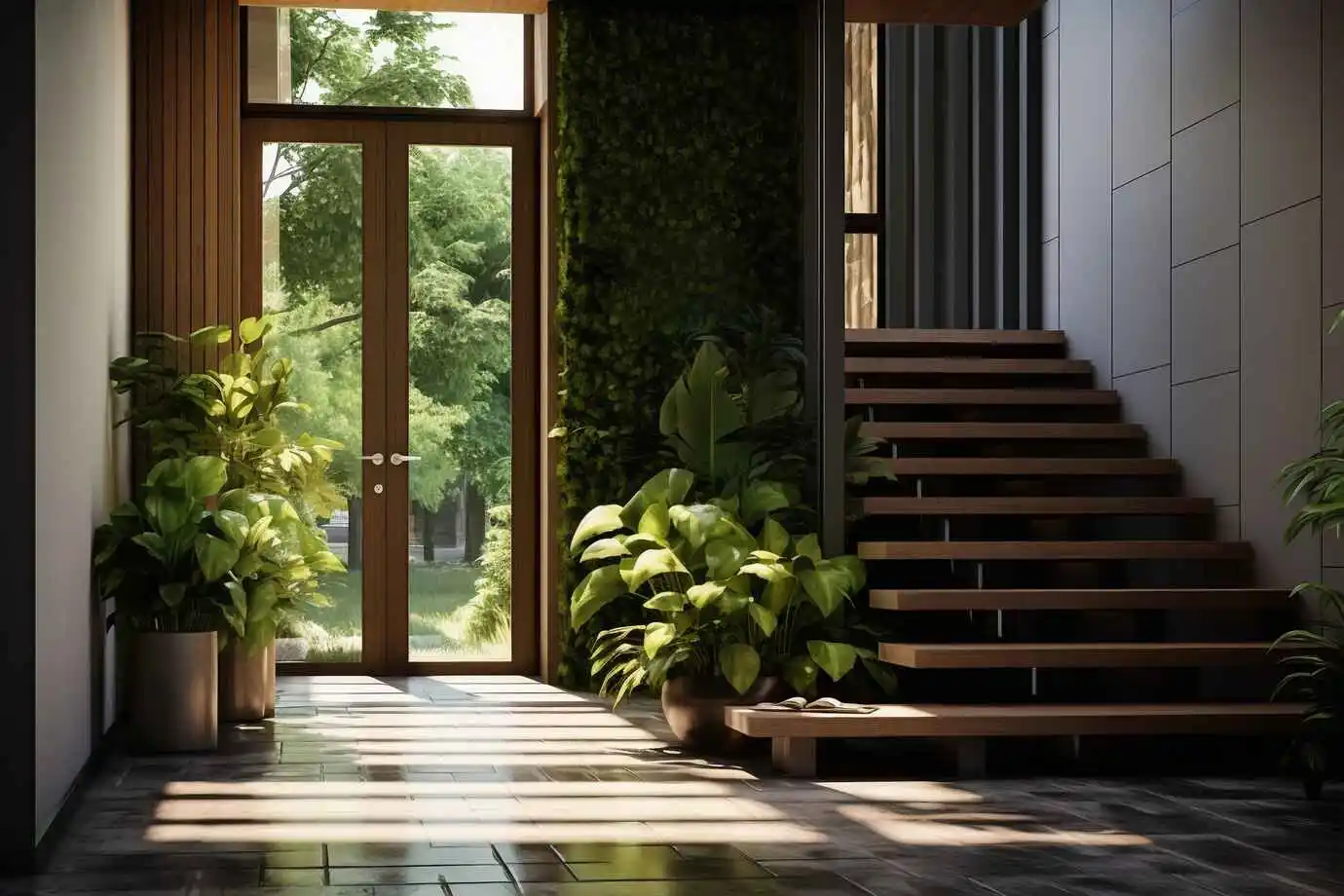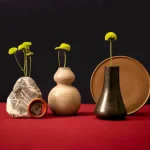When it comes to designing a home, the staircase often stands as a central focal point. It’s a functional necessity, but it can also be a design masterpiece. With growing awareness about environmental sustainability, more people are seeking eco-friendly options in their home construction and renovation projects. An eco-friendly staircase can be both beautiful and kind to the planet. In this article, we’ll explore sustainable materials and design principles for creating a staircase that’s as green as it is gorgeous.
Why Choose an Eco-Friendly Staircase?
Choosing eco-friendly materials and designs for your staircase is more than a trend; it’s a commitment to sustainability and a healthier planet. Sustainable staircases can significantly reduce your home’s carbon footprint. They can also add a unique character to your home, making it stand out with a personalized touch.
Sustainable Materials for Staircases
Reclaimed Wood
Using reclaimed wood is one of the most popular choices for eco-friendly staircases. Not only does it reduce the demand for new lumber, but it also adds a rustic charm to your home. As Leo Marmol, co-founder of Marmol Radziner Architects, says, “Using reclaimed wood for staircase treads and risers is not only sustainable but also adds character and warmth to a space. It’s a win-win for both aesthetics and the environment.”
Bamboo
Bamboo is another excellent choice for sustainable staircases. It grows quickly and requires fewer resources to cultivate compared to traditional hardwoods. It’s also incredibly durable, making it perfect for high-traffic areas like stairs. Jason Flinn, a LEED Accredited Professional, notes, “Incorporating sustainable materials like bamboo or recycled steel into staircase construction can significantly reduce the carbon footprint of your home.”
Recycled Metal
For a modern and sleek look, consider using recycled metal for your staircase. This could include recycled steel for the framework or aluminum for railings. Metal is durable, recyclable, and can be fashioned into various designs to fit your aesthetic preferences.
Cork
Cork is not just for wine bottles. It’s a sustainable material that’s soft underfoot and has natural shock-absorbing properties. It’s harvested from the bark of cork oak trees without harming the tree, making it a renewable resource.
Sustainable Design Principles
Maximizing Natural Light
Designing your staircase to maximize natural light can reduce the need for artificial lighting. This is not only energy-efficient but also creates a warm and inviting atmosphere. Julia Morgan, an architect, emphasizes, “The design of a staircase should prioritize energy efficiency. By maximizing natural light and minimizing obstructions, you can reduce the need for artificial lighting.”
Circular Economy Design
A circular economy approach involves designing products in a way that they can be reused, repurposed, or recycled at the end of their life. Bill McDonough, author of “Cradle to Cradle,” advocates for this approach: “Staircases can be designed with a circular economy in mind, using materials that can be easily recycled or repurposed at the end of their lifespan.”
Biophilic Design
Incorporating elements of nature into your home design can have numerous benefits, including reducing stress and enhancing well-being. Elisabetta Terragni, an interior designer, suggests, “Biophilic design principles can be applied to staircases by incorporating natural materials, plants, or even living walls to create a connection with nature.”
Practical Tips for Eco-Friendly Staircase Design
- Choose Certified Materials: Look for certifications like the Forest Stewardship Council (FSC) for wood products to ensure they come from sustainably managed forests.
- Consider Pre-Fabricated Components: Pre-fabricated staircase components can reduce waste and the need for extensive on-site construction, which can be more resource-intensive.
- Use Low-VOC Finishes: Volatile organic compounds (VOCs) in paints and finishes can be harmful to indoor air quality. Opt for low-VOC or zero-VOC finishes to create a healthier home environment.
- Opt for Durable Materials: Choosing materials that are durable and long-lasting reduces the need for frequent replacements, which is more sustainable in the long run.
- Engage Local Artisans: Supporting local craftsmen can reduce the carbon footprint associated with transportation and also supports local economies.
Expert Insights
David Benjamin, Founder of The Living Architecture Lab, shares, “Staircases offer a unique opportunity to integrate sustainable materials and design principles into our homes. By choosing eco-friendly options, we can reduce our environmental impact while creating stunning focal points.”
Interior designer Kari Niemi adds, “Childproofing doesn’t have to compromise style. There are many aesthetically pleasing options available to ensure both safety and design.”
Studies and Resources
- U.S. Green Building Council (USGBC): The USGBC provides standards and certifications for sustainable buildings, including guidelines for material selection and energy efficiency.
- Forest Stewardship Council (FSC): The FSC promotes responsible forest management. Their certification ensures that wood products come from sustainably managed forests.
- The Ellen MacArthur Foundation: This organization focuses on the circular economy and promotes sustainable design and material use.
- National Renewable Energy Laboratory (NREL): While primarily focused on energy, NREL conducts research on sustainable building materials and practices, which could include information on eco-friendly staircase options.
Conclusion
Designing an eco-friendly staircase is not only beneficial for the environment but also adds a unique and beautiful element to your home. By choosing sustainable materials like reclaimed wood, bamboo, and recycled metal, and by incorporating design principles that maximize natural light and use biophilic elements, you can create a staircase that’s both stylish and green. Remember to prioritize certified materials, opt for durable options, and consider the circular economy in your design choices. Your staircase can be more than just a pathway between floors; it can be a statement of your commitment to a sustainable future.










